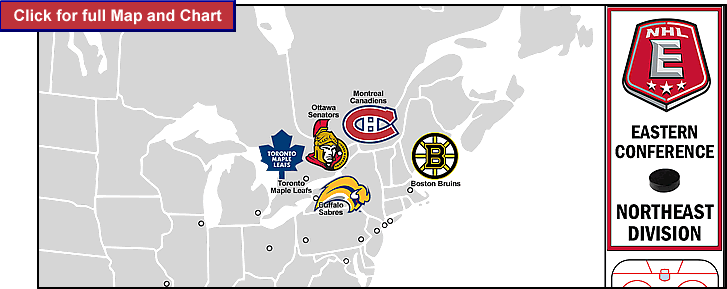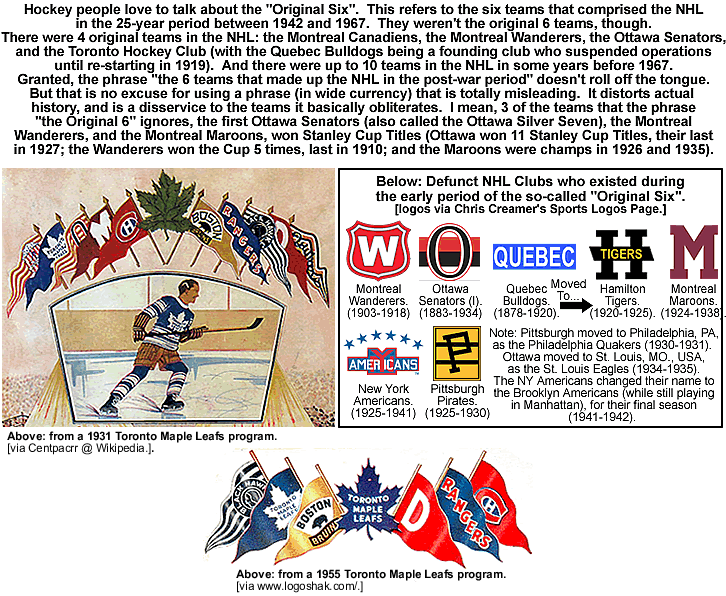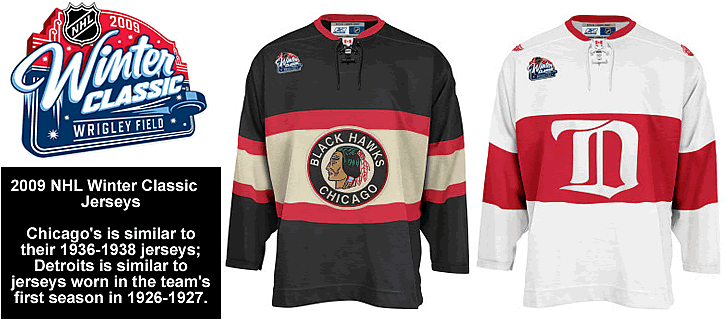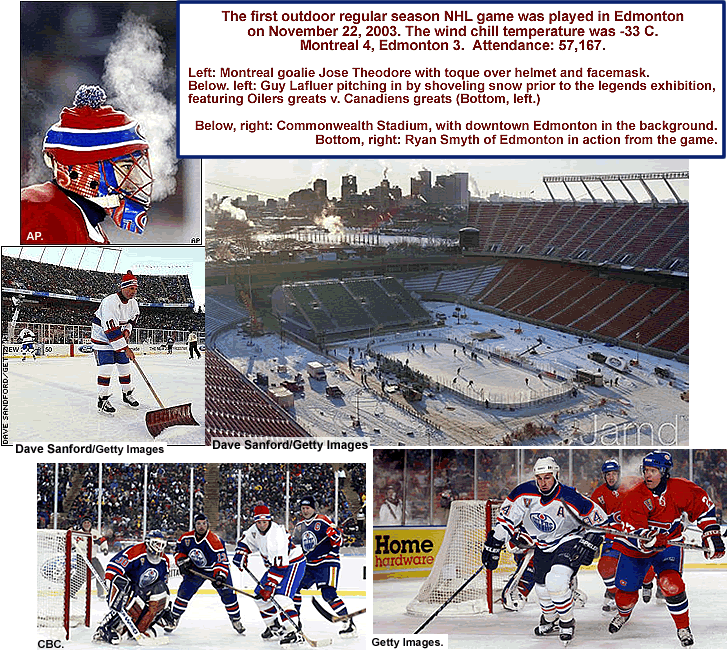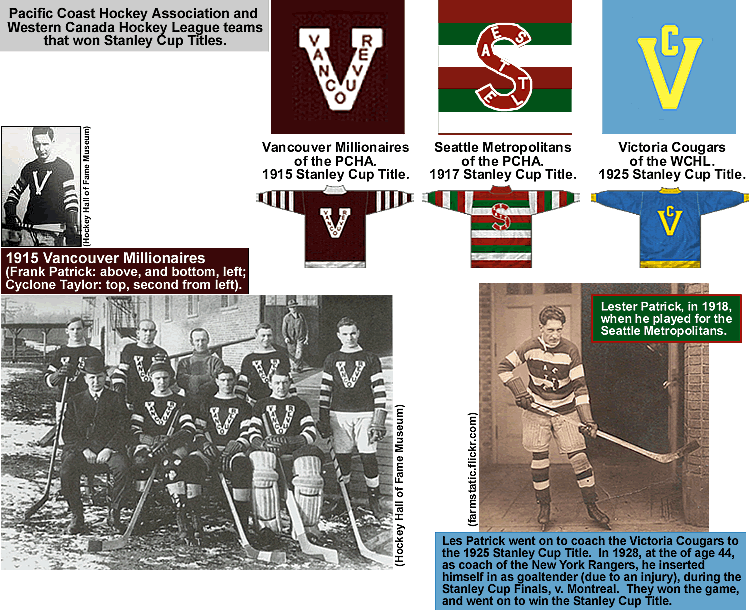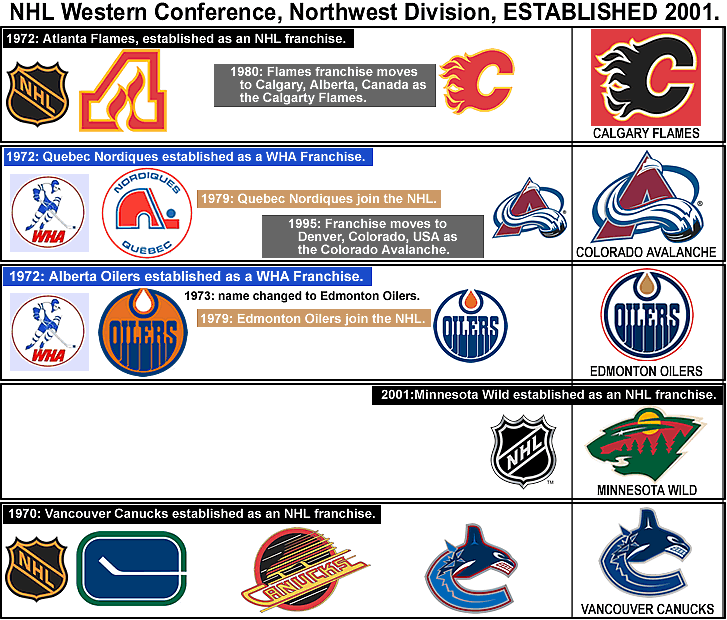
…
The National Hockey League’s Atlantic Division is the only division in the league made up entirely of teams that have won a Stanley Cup Title.
The New York Rangers were formed in 1926 as an expansion team (along with the Chicago Black Hawks and the Detroit Cougars) and are the oldest team in the Atlantic Division. The Rangers were formed one year after the now-defunct New York Americans first brought pro hockey to midtown Manhattan. Tex Rickard, the boxing promoter who built and ran the third Madison Square Garden, (at W 50th St. and 8th Avenue), decided he wanted to run a hockey team as well in New York City, and the New York press soon nicknamed the fledgling franchise ”Tex’s Rangers”. With the aid of Pacific Coast Hockey Association co-founder Les Francis, the Rangers won their first Stanley Cup Title in just their second season, in 1927.
The Rangers have won 4 Stanley Cup Titles, but endured a 54-year cup drought, with no titles won between their 1940 and their 1994 championships. Led by veteran cup-winners Mark Messier and Brian Leetch, the 1993-’94 Rangers rallied from 2 games down versus the New Jersey Devils in the semifinals, and then won the 1994 Stanley Cup Title in 7 games over the Cinderella-team , 7th seed Vancouver Canucks.
The next oldest clubs in the Atlantic Division are the two Pennsylvania franchises, the Philadelphia Flyers and the Pittsburgh Penguins. Both were formed in 1967, when the NHL doubled in size from 6 to 12 teams.
The golden age of the Philadelphia Flyers was in the early half of the 1970′s, when the brawling Broad Street Bullies won back-to-back Stanley Cup Titles, in 1974 and 1975. The Flyers have remained competitive in the years since then, but have come up short in 5 Stanley Cup Finals, most recently in 1997, when they were shut out by the Detroit Red Wings. The Philadelphia Flyers draw so well that they are able to have their top minor league affiliate, the Philadelphia Phantoms, play right next door.
The Pittsburgh Penguins also won their Stanley Cup Titles in successive years, in 1991 and 1992. The Penguins have endured some lean years since then, including bankruptcy in 1998. 17-year player and prolific scoring legend Mario Lemieux (Wikipedia profile here} was one of the club’s biggest creditors, and was able to put together a plan that the NHL Board of Governors and the US Bankruptcy Court approved. Lemieux bought the Penguins, then came out of retirement to play as player/owner of the Penguins from 2000 to 2006. In 2005, it was reported by the Pittsburgh Post-Gazette that all of the franchise’s $90 million debt was paid. Lemieux remains as principal owner. Last season the Penguins finally made it to back to the Stanley Cup Finals, but lost to Detroit 2 games to 4.
The New York Islanders were formed as one of two expansion teams in 1972 (along with the Atlanta Flames). In just their third season (1974-’75), the Islanders made it to the semifinals. Led by their first line of Mike Bossy, Bryan Trottier, and Clark Gilles, the Islanders won 4 consecutive Stanley Cup Titles, from 1980 to 1983. The Islanders remained competitive for the remainder of the 1980′s, but then began a decline which the franchise has never really come out of. These days the New York Islanders languish near the bottom of the table, and are perennially the lowest drawing club in the league.
The New Jersey Devils are the youngest hockey club in the division, beginning as the Kansas City Scouts, in 1974. The Scouts were one of two expansion teams for 1974 (along with the Washington Capitals). The team had real trouble attracting season ticket buyers (with just 2,000 in 1975-’76), and were forced to move to Denver, Colorado in 1976, after just two seasons in Missouri. The Colorado Rockies continued the franchise’s dismal showing on the ice. For a number of years, the franchise tried to move again, to New Jersey, but the NHL Board blocked the move until a suitable arena was in place. That came about in 1982. The New Jersey Devils continued the franchise’s sub-.500 ways, although the team improved every year from 1984 to 1987. In 1987-’88, the Devils achieved the 13-year-old franchise’s first winning season, and their second playoff appearance. It took 7 more seasons for the New Jersey Devils to win their first Stanley Cup Title, in 1995, with a shutout of the Detroit Red Wings. The Devils went on to win the Stanley Cup again in 2000 (4-2 over the Dallas Stars) and in 2003 (4-3 over the Mighty Ducks of Anaheim).
Thanks to Chris Creamer’s Sports Logos Page {click here}. Thanks to Jersey Database site {click here (set to the JerseyDatabase blog section)}. Thanks to Logo Shak {click here}. Thanks to the NHL shop {click here}. Thanks to Stadium Classics/NHL jerseys {click here}. Thanks to Gameday Sports Archive (NHL throwback jerseys) {click here}. Thanks to the contributors to the pages at Wikipedia {NHL page here}.
